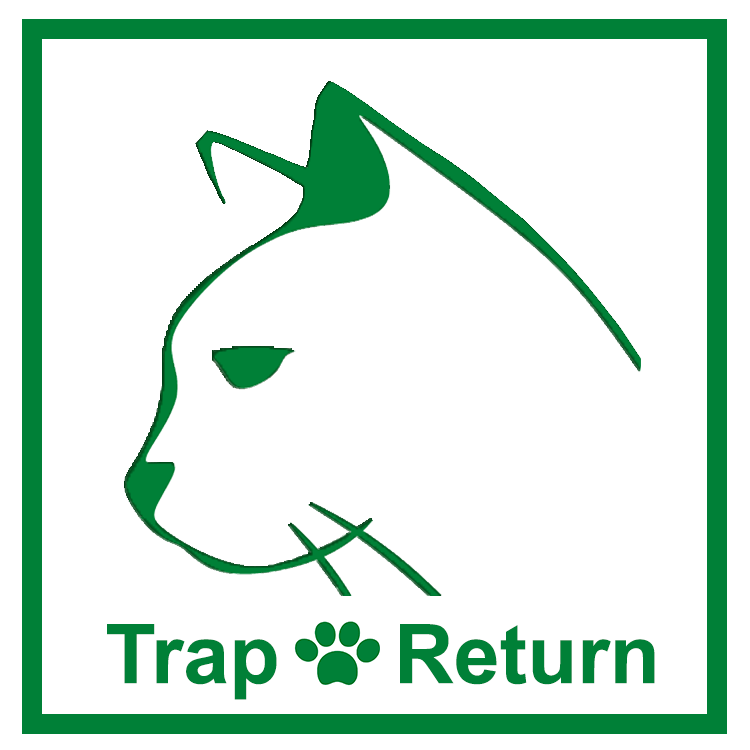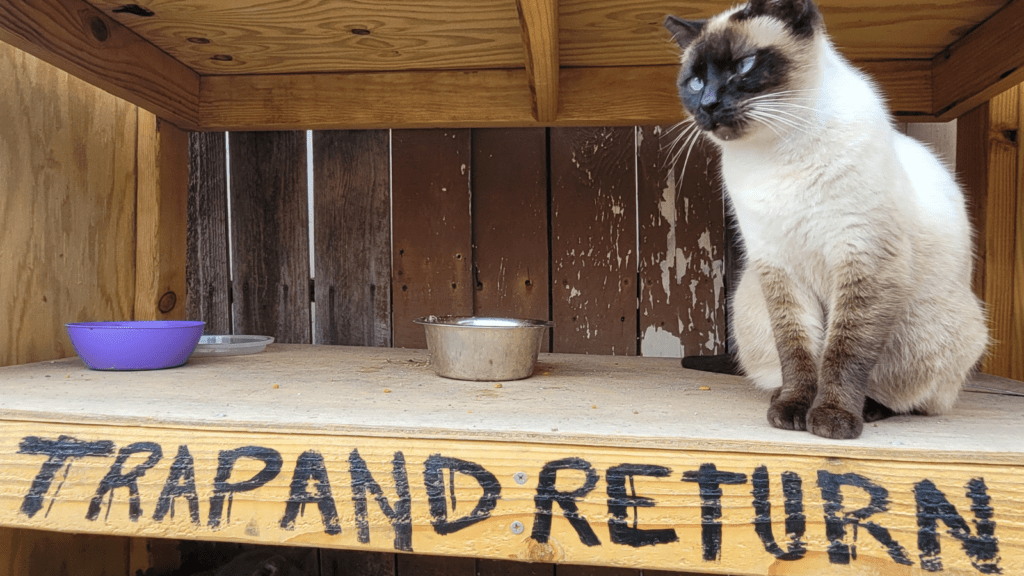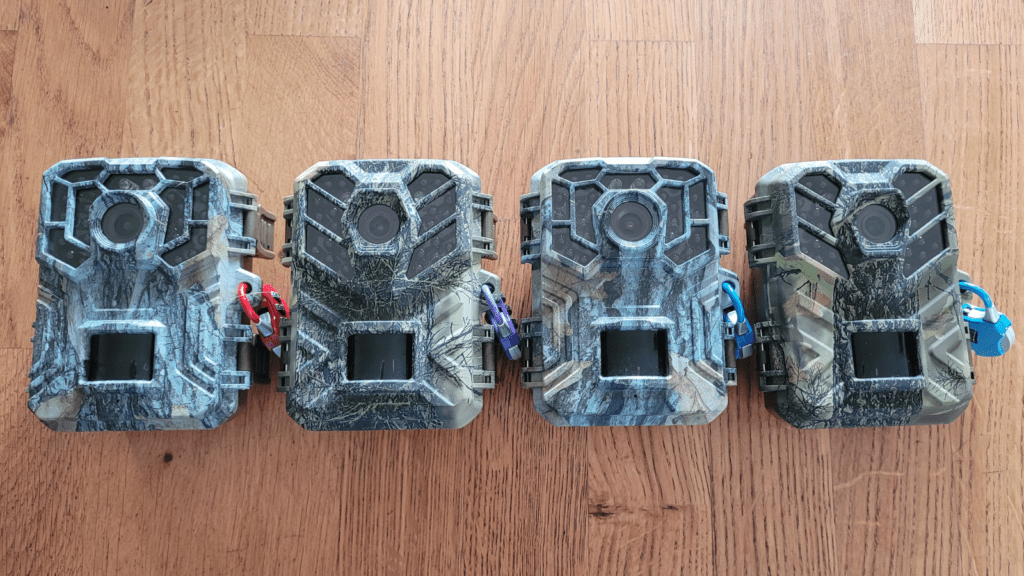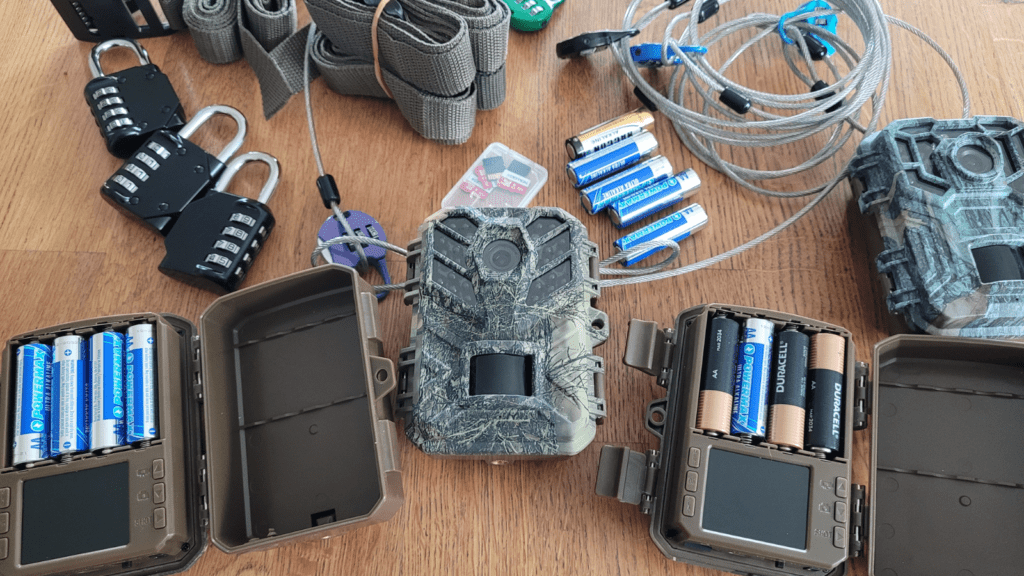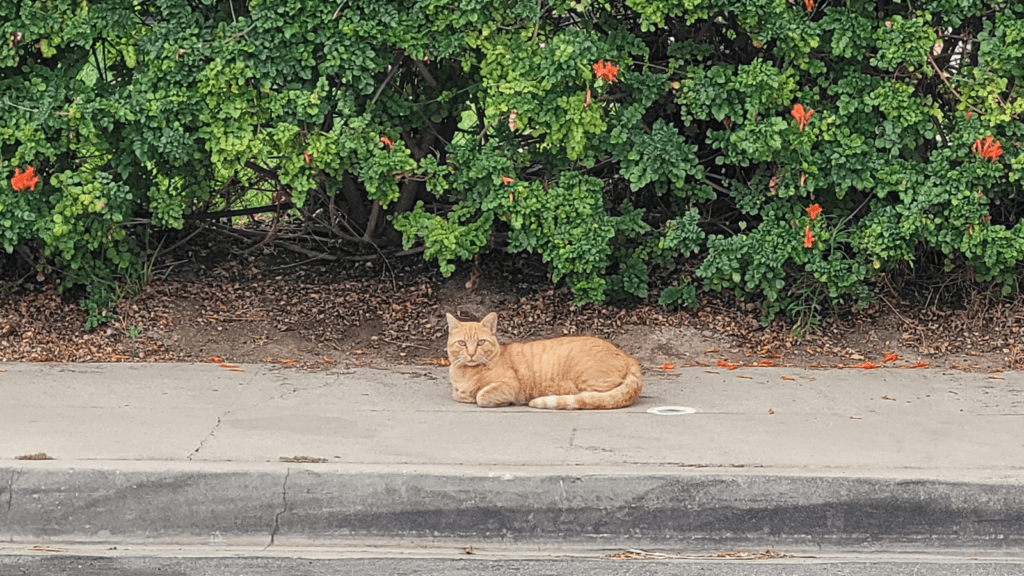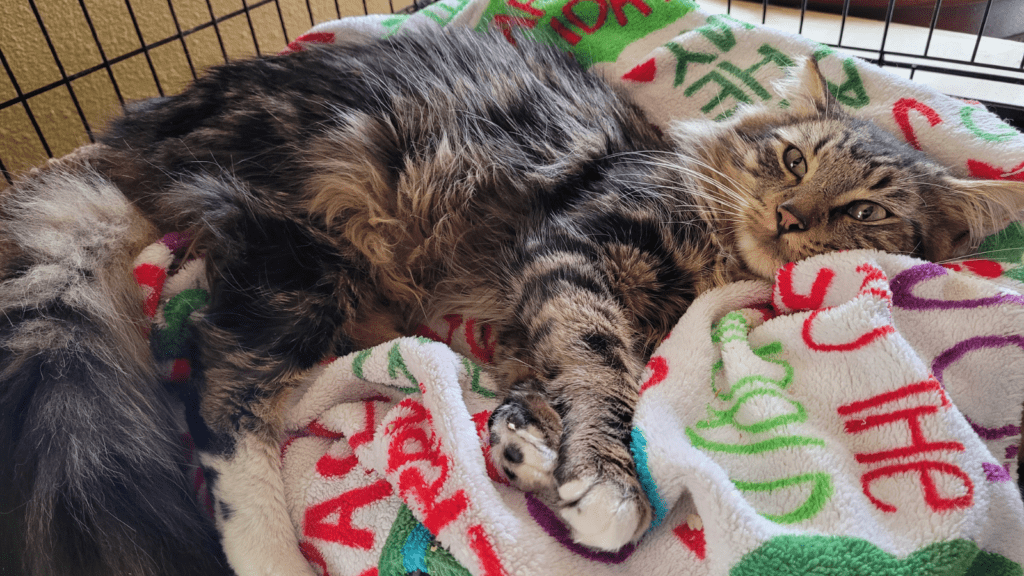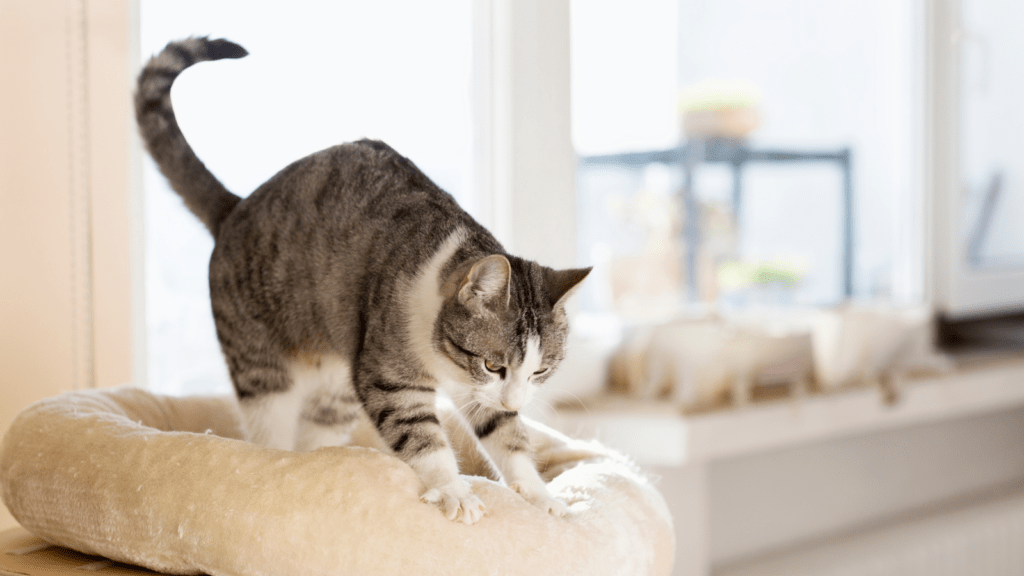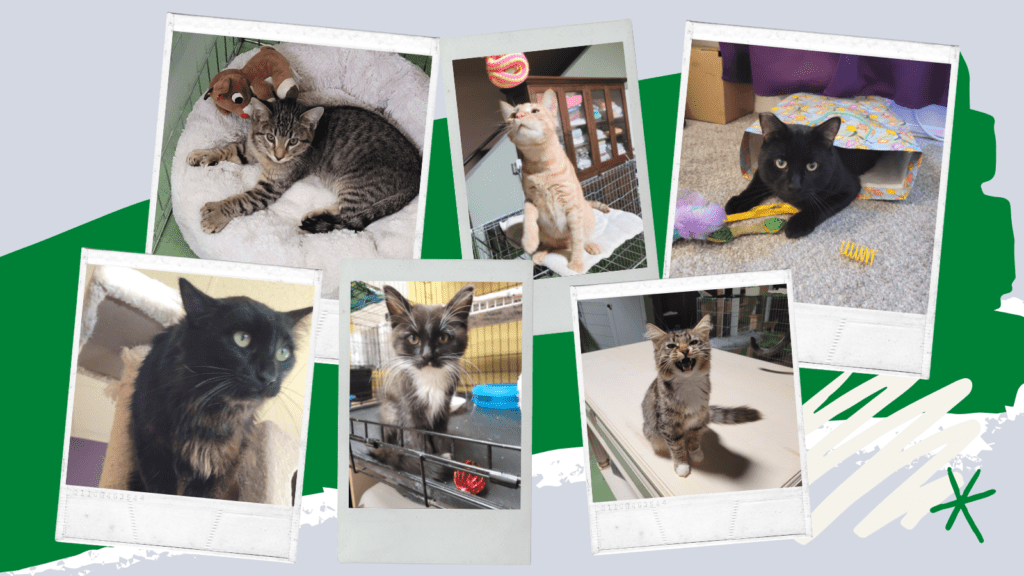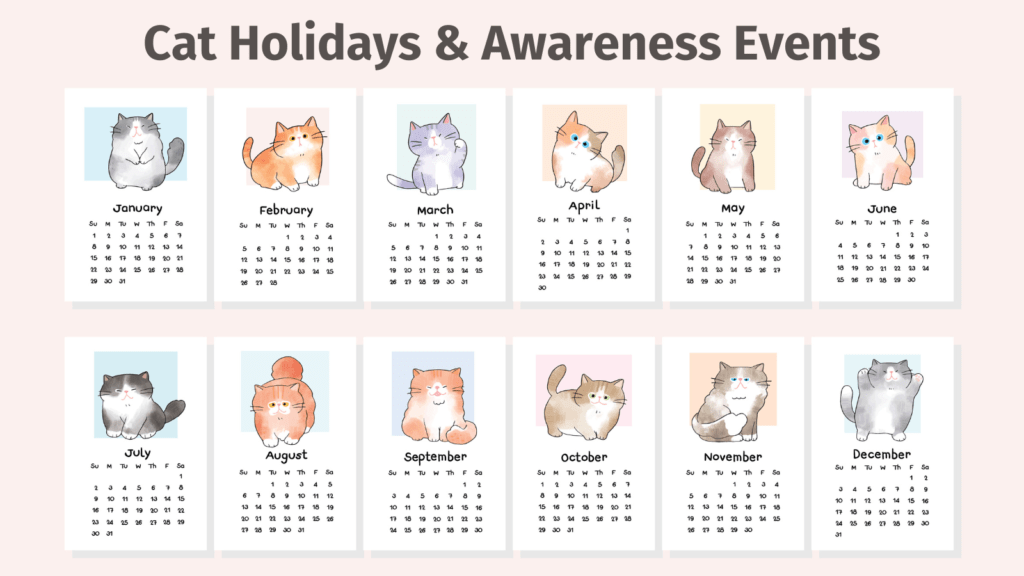Best Trail Camera For TNR And Lost Pets Wildlife trail cameras are not just for hunters. Trail cameras are wireless, inexpensive, and can help you find a lost pet, manage a feral cat colony, or monitor outdoor wildlife in your area. Cats develop routines and patterns, and if you position a camera correctly, you’ll have a window into their activity. In this article, we’ll discuss the features you’ll need in a trail camera and which is the best trail camera for TNR (Trap, Neuter, Return), cat rescue, and finding missing pets. The Best Trail Camera I spent six weeks and had six cameras looking for a cat that escaped her new adopter. During that time, I tested several different pet cameras, security cameras, and trail cameras in real rescue situations. For most rescue situations, you’ll want an outdoor, battery-powered camera rather than a pet camera or indoor home security camera. You’ll secure the camera about 3 feet in front of a feeding station or cat food dish. Toss treats in for good measure to get your pet’s attention. Here’s the best bait for cat trapping. The best wildlife trail cameras for TNR and finding a lost pet are ones that meet all nine of these criteria. Affordability TNR projects require multiple cameras to cover different trapping sites. Since these TNR cameras may be placed in public areas, the risk of theft is real. Choosing an affordable trail camera is important. Fortunately, there are excellent options in the market that provide quality performance without breaking the bank. There are several good trail cameras on the market for around $45. Here’s Amazon’s list of wildlife trail cameras under $50 with 4+ star reviews. Night Vision Motion Tracking Cats, especially feral ones, are primarily diurnal creatures and are often times active at night or early morning. Thus, an outdoor camera equipped with the ability to shoot clear videos during low-light conditions is essential for TNR and pet detection. Most trail cams, pet cameras, and security cameras, like the Eufy camera, have basic features that now include night vision mode and record video in night mode and HD resolution. Resolution In many cases, you won’t need crystal clear resolution, but a good camera lens and wide-angle camera are important. The best pet camera will have at least 24 MP and 1080p video resolution, which should work in most lost pet scenarios. Most cameras offer a wide-angle lens, which can help with passing cats. Energy Efficiency In cat rescue operations, maintaining several cameras can be a time-consuming task. To avoid frequent battery replacements, an energy-efficient trail camera is ideal. The more camera features you have active, the more battery power could be drained. Consider turning off audio or even activating picture-only mode instead of recorded footage and continuous recording if you’re in a very windy location. Strap And Mount When dealing with outdoor settings, trail cameras need to be securely mounted to avoid accidental falls or tampering. A trail camera with a sturdy strap and mount system simplifies the installation process and provides peace of mind, knowing that the cameras will stay in place throughout the monitoring period. Locking Capability It’s helpful to know how to keep a trail camera from being stolen, which will happen. You should plan to lock your camera to a tree or post. You’ll need a cable that will also connect to the trail camera. Make sure you get a cable that is the right size to fit the camera’s wire hole. Waterproof and Weather Resistant This is a given if you plan to use your camera outside. The camera must be able to work outside in cold and wet conditions. You don’t need pet-specific cameras, and many pet owners own indoor security cameras, which could be used under the right conditions. But, if you are leaving your camera far from your house, you’ll want it water-resistant to prevent morning dew and moisture. Local Storage Most trail cameras will have local memory storage. A 32GB SD memory card is usually sufficient for a few days of video footage. If you are using 4k video recordings, then you may want a 64GB memory card. Traditional security cameras or indoor cameras might need Wi-Fi for cloud storage if they don’t offer a local storage option. Reliability Above all, reliability is a top priority for any trail camera used in TNR projects. Some cameras will blackout, and several or all of your videos will be useless. I’ve even purchased cameras that didn’t ever seem to work. Testing the camera ahead of time and getting familiar with the features is the best way to avoid some of these reliability problems. You can also deactivate some of the additional features, interactive features, or pet-specific features, which could impact reliability. Some pet cams, like the Wyze cam, have motion tracking for tossing treats and cat food-feeding antics. If you are using a dog camera or pet products with a laser pointer, you won’t need those features active. 3 Pet Camera Features You Might Not Need If you plan to utilize multiple of the best pet cameras, then you can save on a few features you might not need. The only pet camera, indoor camera, or home security cameras features that you need are clear video quality and reliability. However, some of these features can come in handy but may not be needed in most regular rescue situations. Audio Audio usually isn’t very helpful when trying to identify a cat’s location. If your cat is vocal, audio could help identify the cat in poor video recordings or differentiate between cats. If you are leaving your camera out for a few days, turning off the audio can help conserve battery life. In windy locations, the sound quality and audio quality are often times poor as well. 4k Resolution You may be tempted to upgrade to the 4k video quality. While poor video quality can be a problem, standard HD video recordings are usually clear enough to identify
